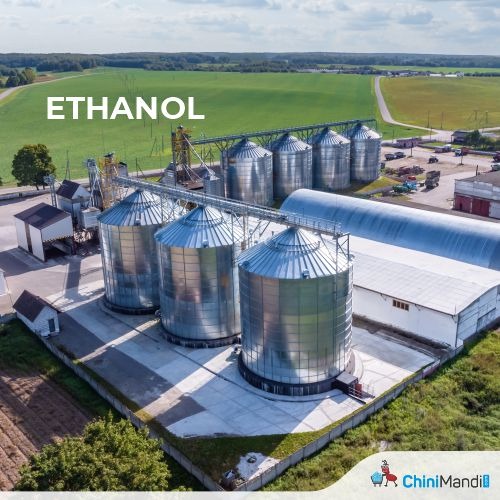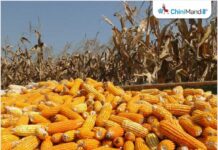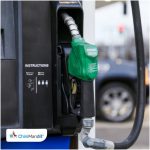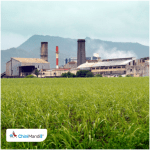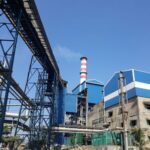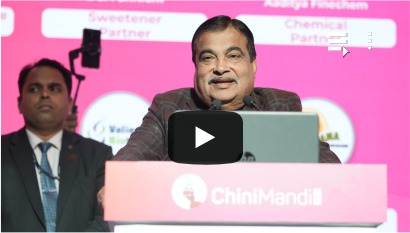India is now aiming to increase the ethanol blend in petrol to 30%, after achieving its earlier target of 20% well ahead of the 2025 deadline. The ambitious push is part of the country’s strategy to reduce its reliance on fossil fuels and curb oil imports. However, the move comes at a time when sugarcane production — the main source of ethanol — has been steadily declining since 2022, reports The Hindu.
To safeguard farmers’ interests amid falling crop yields, the Centre recently approved an increase in the Fair Remunerative Price (FRP) for sugarcane. The decision, though protective of growers, has contributed to a rise in sugar prices, affecting household budgets. Retail sugar prices have climbed from ₹40 per kg in May 2023 to ₹45 per kg as of May 5, 2025.
Experts point to several reasons for the drop in sugarcane output, including red-rot disease in major growing states, erratic rainfall, and poor crop flowering. These issues have tightened supply, raising concerns about the balance between using sugarcane for food and fuel.
Over the past decade, the amount of ethanol produced from sugarcane for blending has grown significantly — from 40 crore litres in FY14 to nearly 670 crore litres in FY24. This expansion was enabled by policy changes such as lifting the ban on using sugarcane juice and B-heavy molasses for ethanol and reducing taxes on ethanol intended for the blending programme.
Originally, the Ethanol Blending Programme (EBP), launched in the early 2000s, had aimed for a 20% blend by 2030. Encouraged by rapid progress and reforms, the government advanced the goal to 2025 — a target that was met in March this year. The blend ratio rose from just over 1.5% in FY14 to the current 20%, prompting officials to now consider a 30% blend target.
But the path forward may not be smooth. With sugarcane supplies under strain, the government is reportedly exploring the use of grains to produce ethanol and offset shortages. The rising price of sugar also intensifies the debate between prioritizing food security and expanding fuel alternatives.
As India pursues higher ethanol blending for environmental and economic reasons, balancing farmer welfare, consumer costs, and sustainable fuel supply will be crucial in the years ahead.

